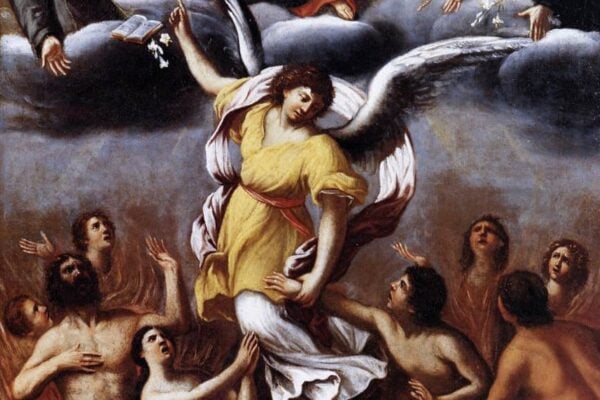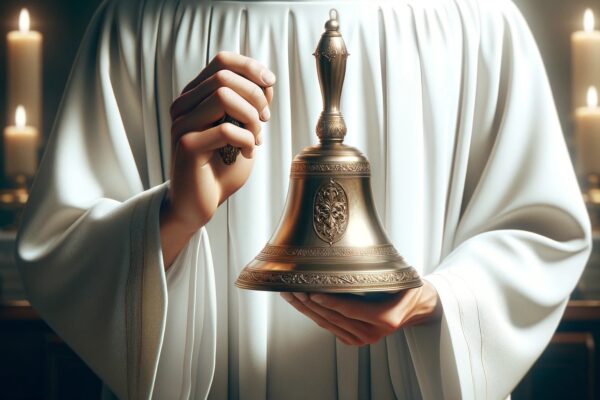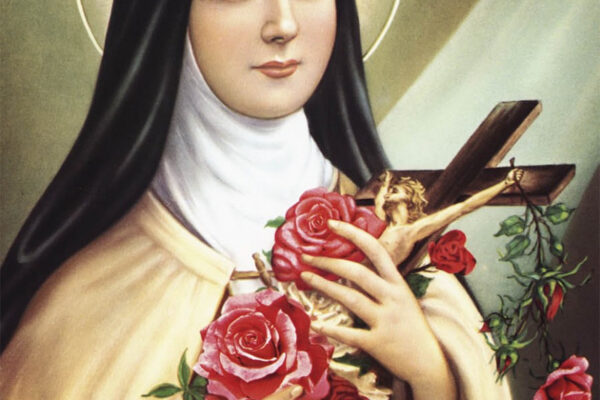Catholic Theology Series The ringing of bells during Catholic Mass holds a profound significance that transcends mere auditory stimulation. It is a practice deeply rooted in tradition, symbolism, and practicality. The melodic chimes of the bells resonate through the sacred space, serving as a poignant reminder of the spiritual journey undertaken during the Communion service. Understanding the historical, symbolic, and practical aspects of this tradition provides a deeper appreciation for its role within the Catholic faith. In the following sections, we will delve into the historical significance of bells in Catholic tradition, explore the symbolism of bells during Communion, examine the practical reasons for ringing bells during this sacred rite, and consider the controversies and variations in bell-ringing practices. Through this exploration, we aim to unravel the layers of meaning behind the resonant echoes that fill the air during the holiest moments of the Catholic Mass. Symbolism of bells during Communion The ringing of bells during the Communion service holds profound symbolism within the Catholic tradition, infusing this sacred rite with layers of spiritual significance. As the faithful gather to partake in the Eucharist, the melodious peal of the bells serves as a poignant symbol of spiritual awakening and divine presence. At the heart of the symbolism lies the notion of transition and transformation. The Communion service represents a pivotal moment in the liturgical journey, where ordinary elements are imbued with extraordinary significance. The bread and wine, through the act of transubstantiation, are believed to become the body and blood of Christ. The ringing of bells at this juncture serves as a sonic herald, announcing this miraculous transformation and calling the faithful to bear witness to the sacred mystery unfolding before them. Moreover, the bells serve as a call to attentiveness and reverence. As the celebrant elevates the consecrated host and chalice, the chiming of the bells draws the congregation’s focus to the altar, directing their hearts and minds towards the awe-inspiring reality of Christ’s presence. The resounding echoes of the bells create a sacred pause, inviting the faithful to enter into a moment of profound contemplation and adoration. Furthermore, the bells symbolize the unity of the Church, both earthly and heavenly. The harmonious resonance of the bells reverberates through the sacred space, transcending earthly confines and echoing into the realm of the divine. This ethereal connection serves as a reminder of the communion of saints, encompassing the living and the departed in a symphony of faith and devotion. In essence, the symbolism of bells during Communion encapsulates the spiritual depth and transcendent beauty of this sacred sacrament. The melodic peals resound as a testament to the profound mysteries of the Eucharist, inviting the faithful to embrace the transformative power of Christ’s presence and to unite in reverence and adoration. Through the timeless symbolism of the bells, the Communion service becomes a symphony of faith, weaving together the earthly and the divine in a tapestry of sacred significance. Practical reasons for ringing bells during Communion The practical reasons for ringing bells during the Communion service are deeply rooted in the rich tapestry of Catholic liturgical tradition. While the symbolic and spiritual dimensions of bell-ringing are profound, there are also practical considerations that underpin this time-honored practice. One practical reason for ringing bells during Communion is to capture the attention of the congregation. The chiming of the bells serves as an auditory cue, drawing the faithful into a moment of heightened awareness as the celebrant elevates the consecrated host and chalice. In the midst of the sacred liturgy, where the senses are engaged in acts of worship, the pealing of the bells provides a focal point, guiding the congregation’s reverence towards the pivotal moments of the Eucharistic celebration. Furthermore, the use of bells during Communion serves a practical function in creating a sense of solemnity and reverence. The gentle resonance of the bells permeates the sacred space, enveloping the congregation in an atmosphere of hushed contemplation. This auditory backdrop enhances the overall ambiance of the liturgical setting, fostering an environment conducive to prayerful reflection and spiritual communion. Additionally, the practical significance of bell-ringing lies in its ability to unify the faithful in a shared experience of worship. The reverberating tones of the bells serve as a unifying force, harmonizing the collective consciousness of the congregation as they bear witness to the sacred mysteries unfolding before them. This communal act of listening to the bells creates a sense of cohesion, binding the faithful together in a shared moment of spiritual resonance and contemplative engagement. Moreover, the practicality of using bells during Communion extends to the realm of tradition and continuity. Across generations, the ringing of bells has become an enduring hallmark of the Eucharistic celebration, linking the present-day faithful to the timeless rituals of the Church. This continuity of practice serves to connect the faithful to the broader tapestry of Catholic tradition, fostering a sense of historical rootedness and spiritual continuity. In essence, the practical reasons for ringing bells during Communion encompass the facilitation of attentiveness, the creation of a reverent atmosphere, the fostering of communal unity, and the preservation of tradition. These practical considerations, intertwined with the spiritual and symbolic dimensions of bell-ringing, contribute to the multi-faceted richness of the Communion service, elevating it to a profound expression of faith and worship. Read More…









